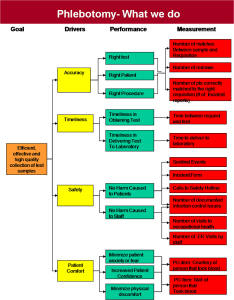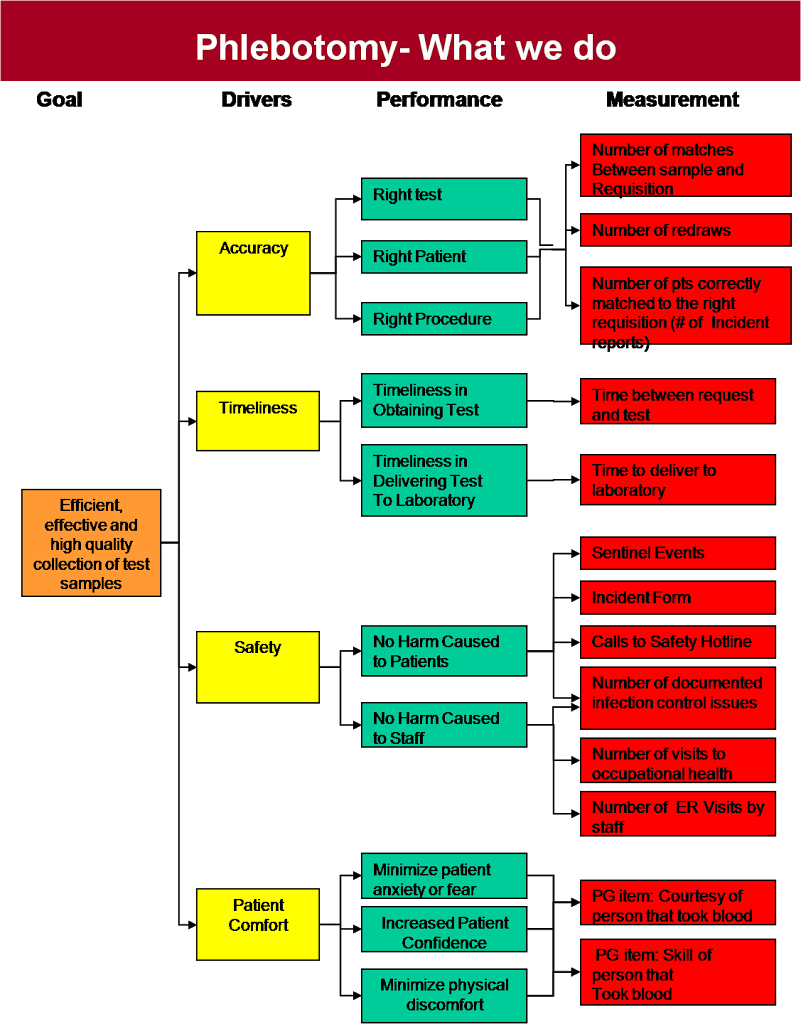The power of focus is amazing. Focus and concentrate light and get a laser that can cut through steel. Focus your body and movement and you can break a board with your hand. The same holds true for teams. A well-focused team creates more power and impact for your organization.
Goals and KPIs are an effective way to focus a team. Most leaders use them in one way or another. However, metrics only provide part of the picture. To complete the picture and ensure long-term success as well, your team should be clear on three basic questions:
- What are we?
- Who are we?
- What do we do?
What are we
Every organization has a unique purpose. Surprisingly the members of those organizations aren’t always aligned in their understanding of that purpose. One of my favorite models for defining your organization’s purpose comes from the book Adaptive Enterprise by Stephan Haeckel. Haeckel uses the term “Reason for being”. The reason for being is a short statement of the organization’s purpose. It includes these components:
- What is our primary action? (at the highest level)
- Who is the primary beneficiary of our actions?
- What are the non-negotiable qualifications or constraints under which we act?
- What is the ultimate outcome (result) of our actions?
These questions look simple but I’ve yet to find a team that consistently agrees on all four. By understanding the answers to these questions, teams will be more empowered, more adaptive, and more able to make the right decisions.
Who we are
What’s the difference between Disney and your local amusement park? On the surface, they often look very similar. Yet, many people find that they have a very different experience at each. The people primarily drive this experience. It’s not about what he organization does, it’s about what the organization is. Places like Disney, the Ritz Cartlon and other world-class organizations have strong, consistent, and well-defined cultures. That’s what separates them. Creating expectations for how people should act is as important as what they should accomplish. In one workshop I asked leaders to identify five to eight cultural expectations of their people. That is, how do they expect people to act regardless of their role, their position, or the goals/metrics that are set forth? While most leaders can create the list, many admit that they’ve never shared the list with their people. Here is an example of the expectations that I’ve set with my team:
Members of our team . . .
- Act With Integrity
- Embody A Passion For People
- Drive Outcomes And Results
- Draw Upon A Point Of View
- Work As A Team
- Engage in dialog and offer insight
- Spark Curiosity And Innovation
- Think Holistically
- Treat All People With Respect
For each of these, I have written a 3-4 sentence description to clarify my expectations. More importantly, this is what I model and emphasize with each person. To be a high performer in my organization, an individual must achieve their goals AND meet these expectations.
What we do
Most people understand the daily tasks for which they are assigned. Yet, it can be easy to lose sight of the big picture when stuck in the details. I was once working with a team that was trying to improve the usability of an information system. They asked people to identify information that was difficult to locate in the system. I asked them what they did with that data. As expected, they categorized it, prioritized it, and created a set of recommendations about how to improve the system. I then asked if the team ever told those users where the information was. They said no – they would fix the system and then people could find the information. That was their job. I reminded them that their job was to help people get the information they needed, and that they had a group of people whose information needs they specifically knew and they didn’t provide it. They got lost in the task and lost sight of the outcome.
What you do is not a list of tasks. It is the outcomes for which you are responsible. I like to think of it as the five to six things that you must get right for the organization. It is an extension of the reason for being. There are four key parts to answering the question of what you do:
- Ultimate goal/purpose (e.g. reason for being)
- Drivers – the key things that determine whether you meet your goal
- Performance – what we must accomplish
- Metrics – how we will determine success
The picture to the right provides an example of “what we do” statements from a phlebotomy department at a hospital. Phlebotomists are the people who take blood.
None of the items on this chart are tasks. They all are results/outcomes driven to different levels of detail. As with the reason or being, a clearly stated description of “what we do” empowers teams focusing their actions and decisions.
Creating clarity
A well-focused team will deliver better results in a more efficient way. They will also generally be more engaged and satisfied with their work. Clarity not only focuses, it helps give meaning and purpose to people’s work.
The most important thing to remember is that clarity doesn’t come from documents or pictures. It comes from interactions. Your job as a leader is to discuss, reinforce, and exemplify what you are, who you are, and what you do as an organization.



Chief: Thanks for this post. You’re very generous with sharing your knowledge in general, and in this post more specifically. I like your emphasis on focus and clarity. To me, the chart from the hospital unit seems to demonstrate how you can shape expectations while respecting an individual’s personality and way of getting things done.
I wonder, though, about how to reconcile this more liberatory model with the Disney slurp-fest.
When you discuss “high performers,” how do you distinguish “performer” from “performance”? Doesn’t a rigid emphasis on the latter impede the former? The few times I have crashed Disneyvilles, for example- I felt that the people working there, regardless of the unit, were encased in such a strong organizational structure (of the kind you seem to be advocating) that they were “performing” their roles, not interacting with me as a real person, which I feel dehumanizes them and alienates me. On the other hand, I suppose this is your point–that Disney is all about the performance of fantasy. And by alienating me, they are doing their job!
I guess I’m in favor of the local amusement park! But, I won’t diss the Ritz!
I think there are two different questions in your Disney example…one has to do with the impact that a strong, consistent culture has on expeirence and the other has to do with whether that culture is a good one. From what you wrote, you might not think that the Disney culture is a good one. However, the fact that they execute it so well creates clarity for you as a customer about what you can expect from them. In this case, it works against them but they are placing the bet that most people like that culture.
I think that the Ritz provides a better example of how a strong and consistent culture can actually let you express yourself individually. They have an incredibly strong service culture – no doubt. In fact, I had heard that each day they send a fax to every one of their hotels that tells them what key service principle to focus on for the day.
That means that you get a very consistent experience, like Disney. However, each person adapts that culture to their role. So, your housekeeper might enact it in one way, the doorman in another, and the desk clerk yet another. Despite that, you leave with a consistent view of the Ritz’s committment to service and to making your stay exceptional.